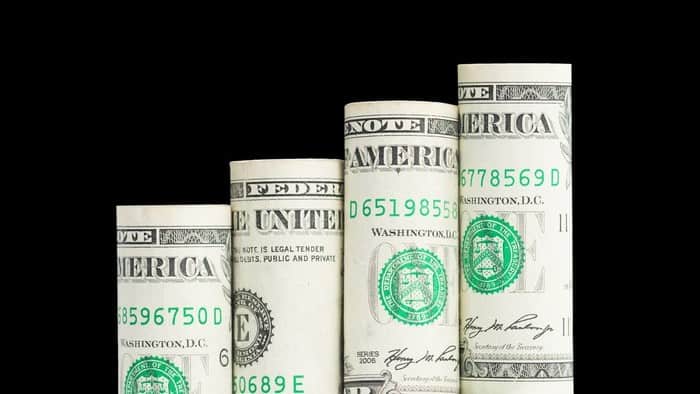This article was originally published on Fool.com. All figures quoted in US dollars unless otherwise stated.
If you purchased Amazon (NASDAQ: AMZN) on Jan. 1, you'd be up a sizzling 78% today. That's a $7,800 profit on a $10,000 investment -- not too shabby for nine months' worth of investing in the stock market.
But if you'd invested in Amazon while the stock market was crashing in March, you'd have even more.
Amazon's stock held up relatively well during the early stages of the COVID-19 crisis. Investors realized that e-commerce companies would benefit as many traditional retail stores were forced to close due to stay-at-home directives. Still, by March 16, Amazon's stock price had fallen about 9% from where it started the year as the market sold off.
If you had used this opportunity to buy Amazon's shares at a discount, you'd be up a staggering 95% today. Said differently, you would have nearly doubled your money, and your $10,000 investment would now be worth $19,500.
The takeaway here isn't to try and time the market perfectly and nab shares of your favorite company at the absolute bottom. That's a nearly impossible endeavor, even for the best investors.
The more important lesson is to recognize the power of using market sell-offs to amplify your gains. Stock market declines will often give you the opportunity to purchase shares of outstanding businesses at better prices than you'd otherwise be able to. If you can keep some cash aside to invest during these market crashes, you'll likely boost your returns significantly over time.
This article was originally published on Fool.com. All figures quoted in US dollars unless otherwise stated.









